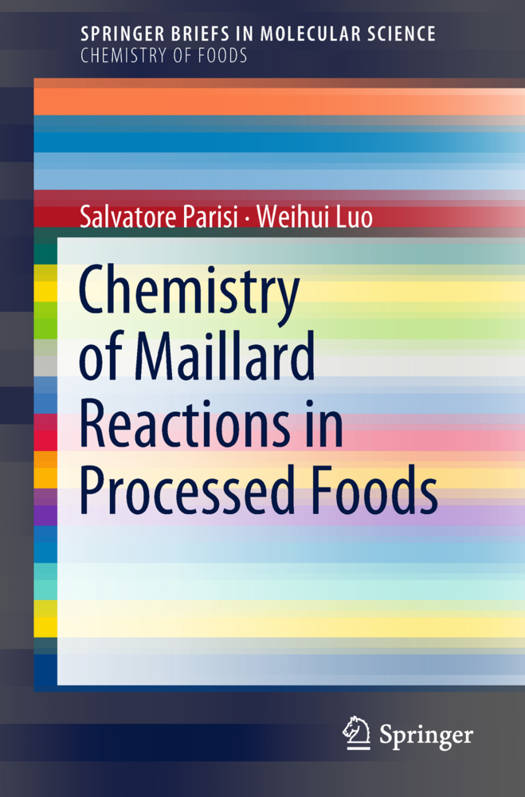
- Afhalen na 1 uur in een winkel met voorraad
- Gratis thuislevering in België vanaf € 30
- Ruim aanbod met 7 miljoen producten
- Afhalen na 1 uur in een winkel met voorraad
- Gratis thuislevering in België vanaf € 30
- Ruim aanbod met 7 miljoen producten
Zoeken
€ 83,95
+ 167 punten
Omschrijving
This SpringerBrief explains the importance of Maillard reactions in food processing. It underlines that the term "Maillard reaction" actually does not describe one single chemical reaction, but an entire class of chemical reactions, which lead to browning, with a strong impact on visual appearance, odor, and flavor. It emphasizes that the Maillard reactions are still not fully characterized, despite extensive historical studies.
While under the right conditions Maillard reactions have many favorable effects (e.g. formation of antioxidants), the Brief discusses that there are also conditions where Maillard reactions can result in toxic or mutagenic reactions. Hence, it emphasizes that the reaction should be viewed as a complex network of various sub-reactions, with a plethora of concomitant reaction mechanisms and kinetics. This Brief thus makes a step toward a holistic evaluation of the complexity of the Maillard reaction scheme, with the aim of making better and more targeted usein food processing.
While under the right conditions Maillard reactions have many favorable effects (e.g. formation of antioxidants), the Brief discusses that there are also conditions where Maillard reactions can result in toxic or mutagenic reactions. Hence, it emphasizes that the reaction should be viewed as a complex network of various sub-reactions, with a plethora of concomitant reaction mechanisms and kinetics. This Brief thus makes a step toward a holistic evaluation of the complexity of the Maillard reaction scheme, with the aim of making better and more targeted usein food processing.
Specificaties
Betrokkenen
- Auteur(s):
- Uitgeverij:
Inhoud
- Aantal bladzijden:
- 59
- Taal:
- Engels
- Reeks:
Eigenschappen
- Productcode (EAN):
- 9783319954615
- Verschijningsdatum:
- 9/07/2018
- Uitvoering:
- Paperback
- Formaat:
- Trade paperback (VS)
- Afmetingen:
- 156 mm x 234 mm
- Gewicht:
- 108 g

Alleen bij Standaard Boekhandel
+ 167 punten op je klantenkaart van Standaard Boekhandel
Beoordelingen
We publiceren alleen reviews die voldoen aan de voorwaarden voor reviews. Bekijk onze voorwaarden voor reviews.








